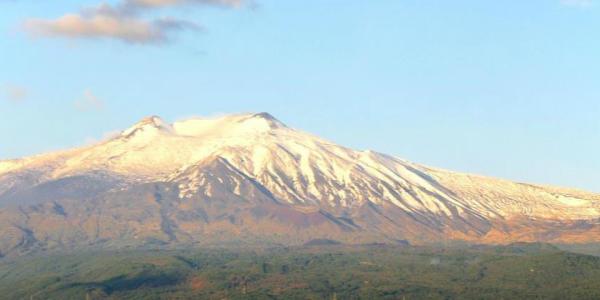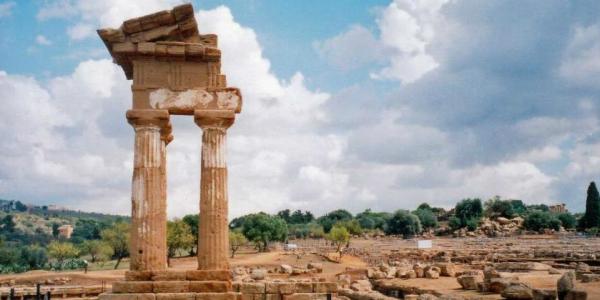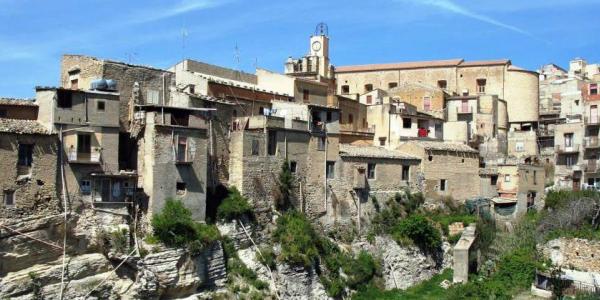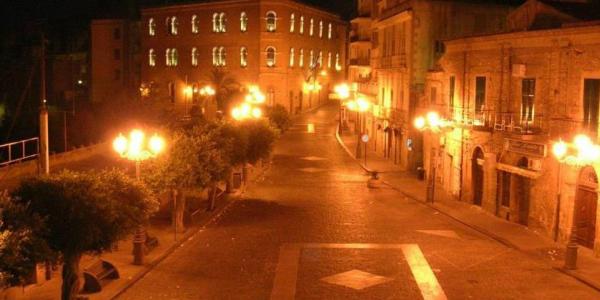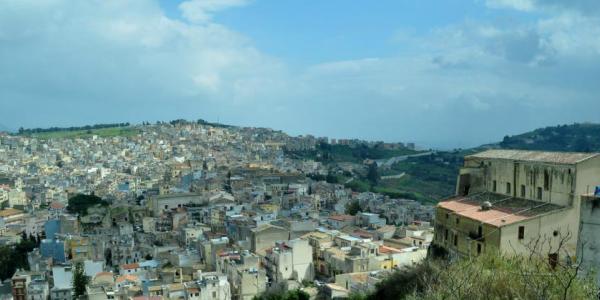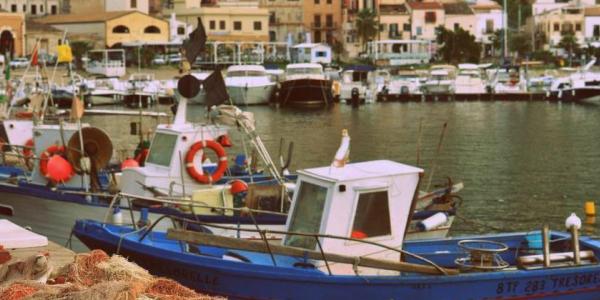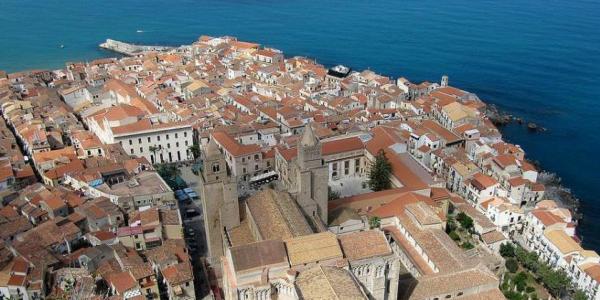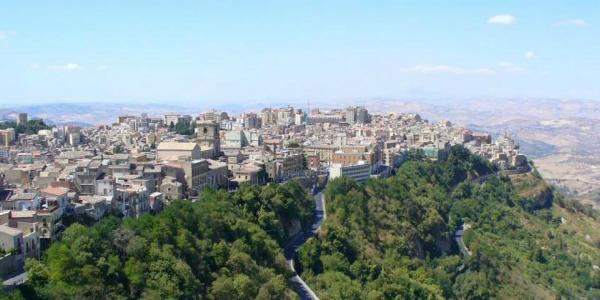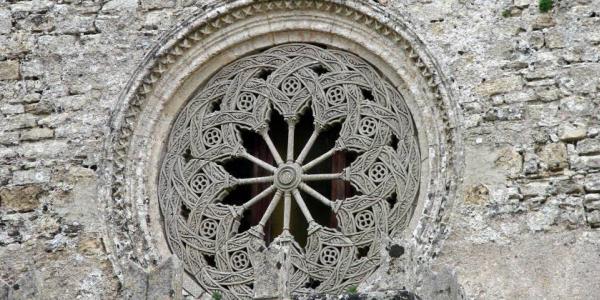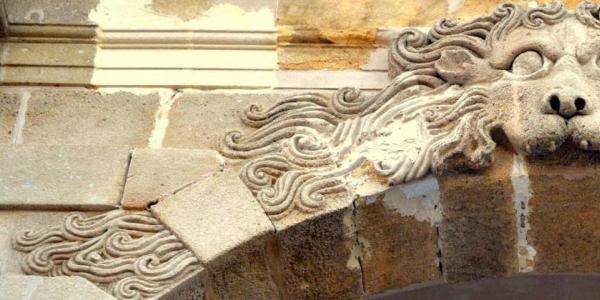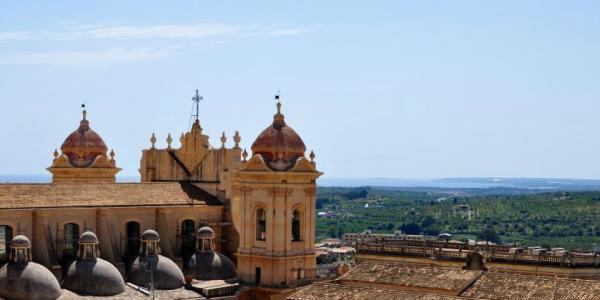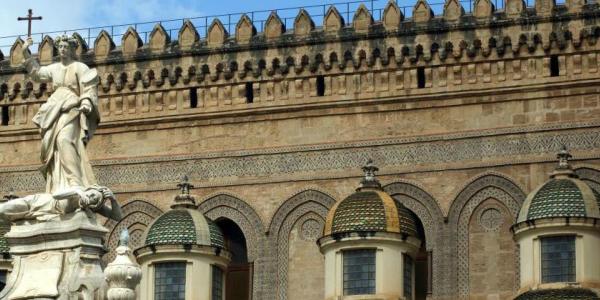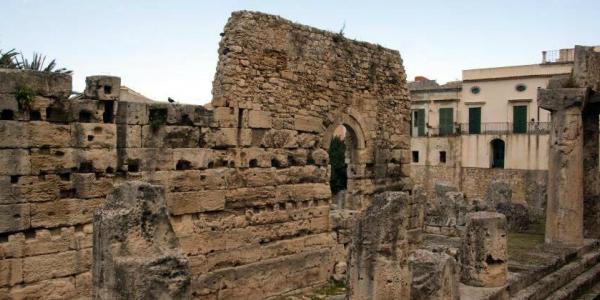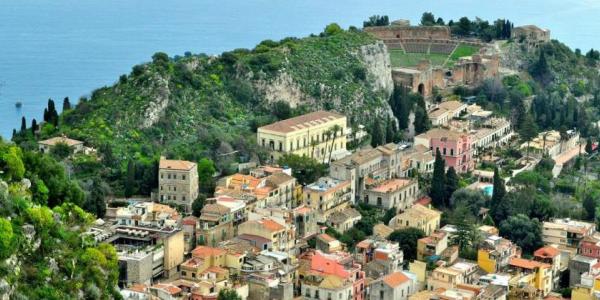Catania
 3414046264_a42906a8c4_o_rszx.jpg)
There are a number of interesting archaeological sites and nature spots just a few kilometres from Adrano and the Simeto river valley. Around 10 kilometres northwest of the city is the “Ponte dei Saraceni” (Saracens’ Bridge), a remarkable bridge with a single large arch which dates from Roman times. The Arabs saw it as an important strategic bastion for controlling the roads along the River Simeto. It has wonderful views over the Simeto and the amazing surrounding landscape. Another imposing structure is Biscari’s aqueduct bridge, built in the second half of the 18th century, which is 720 meters long and has 31 arches. Around 35 kilometers from Adrano we come to Catania, which with its 350,000 inhabitants is Sicily’s second largest city after Palermo. Mount Etna looms in the background and is also present in the city itself in the dark lava stone that was widely used for decorating the facades of historical buildings.
 3414121114_f8ab322d6a_o_rszx.jpg)
Although Catania was once full of monuments dating back to its foundation by the Greeks, it was devastated by an eruption of Mount Etna in the 17th century and razed to the ground by an earthquake. This was followed by a spectacular reconstruction project in which the city was totally rebuilt in an exceptionally elegant Baroque style. In tribute to this great collective undertaking and in recognition of what was a high-quality architectural and artistic achievement, the city was declared a UNESCO World Heritage Site in 2002, together with the seven main towns in south-eastern Sicily: Caltagirone, Militello Val di Catania, Modica, Noto, Palazzolo, Ragusa and Scicli (UNESCO WHS Late Baroque Towns of the Val di Noto).
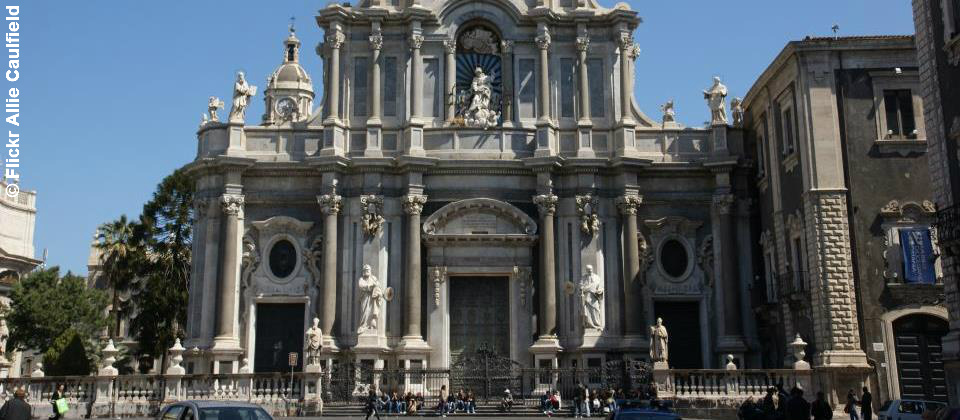
The Duomo dedicated to the town’s patron saint Santa Agata, was built in the late 11th century at Roger I’s behest, and rebuilt after the earthquake in 1693. There are many important historical buildings in the very heart of the city and along stretches of the Via Vittorio Emanuele.
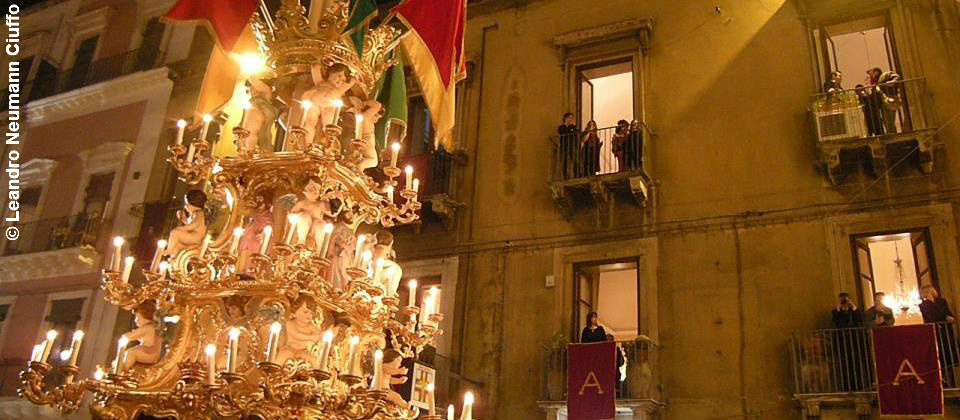
Mount Etna
 3416110808_055a877a9e_o_rszx.jpg)
With an altitude of 3,330 metres, Mount Etna is the highest active volcano in Europe and was declared a UNESCO World Heritage Site in 2013. The almost continuous volcanic activity of Mount Etna is a constant attraction for volcanologists, geophysicists and experts from all over the world. It is an area of immense natural, historical and geological value, with four main craters, 260 volcanic cones, caves, age-old woods, rare flora and fauna, and lava outflows which create an extraordinary geological site adorned with Mediterranean vegetation and prickly pears.
Etna Natural Park
The area is protected by the Etna Natural Park, which covers 59,000 hectares and comprises the 20 municipalities on its slopes, all of which contribute to the fascinating history of the volcano and are full of tourist attractions, hiking paths and other means of discovering the park. Of particular interest is the Valle del Bove, an enormous basin on the volcano’s eastern slope, where you can visit the “Grotta del Gelo” (the ice cave), which is full of ice and snow even in the summer months.



